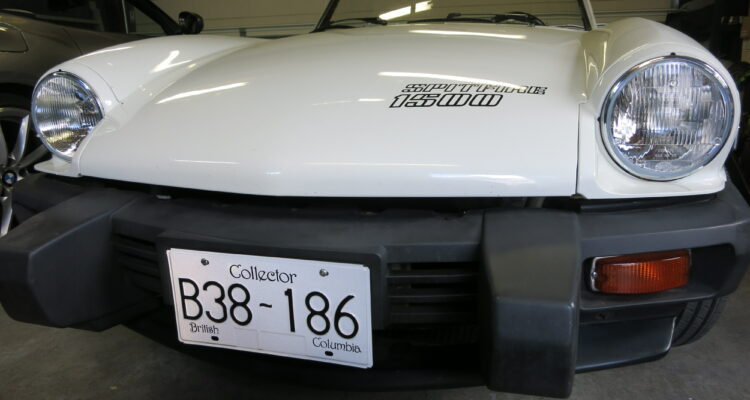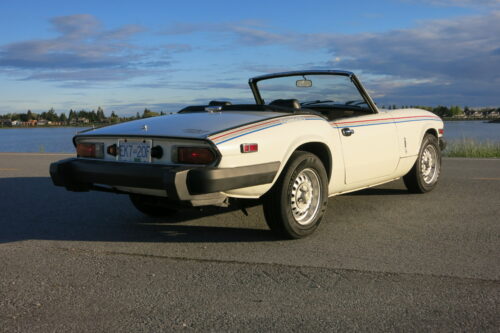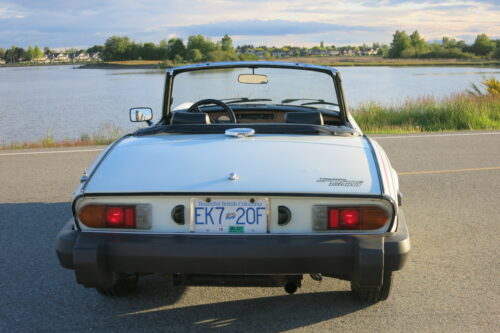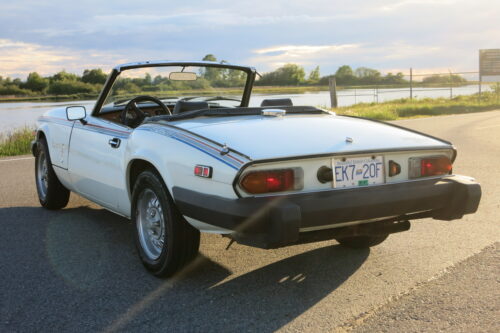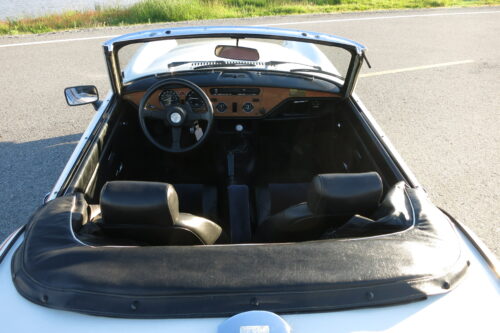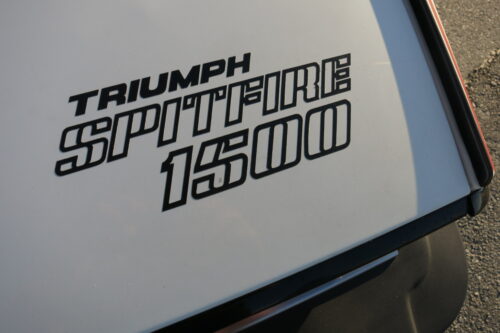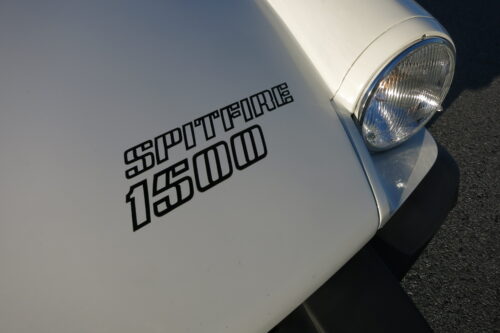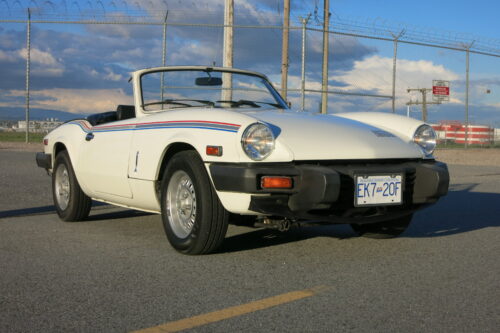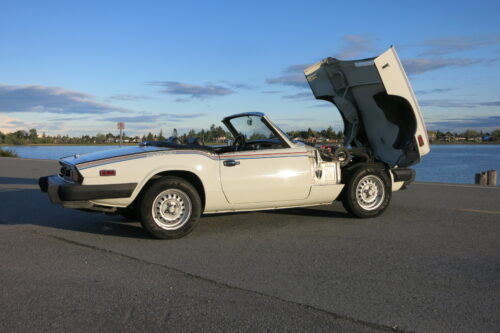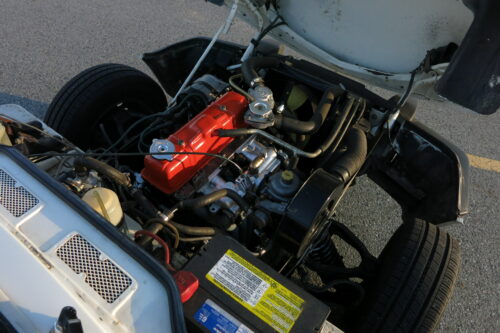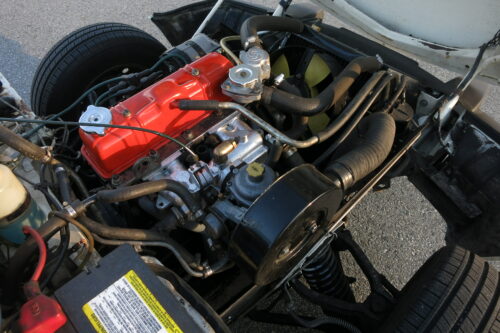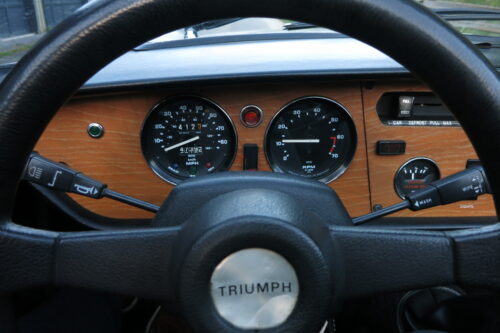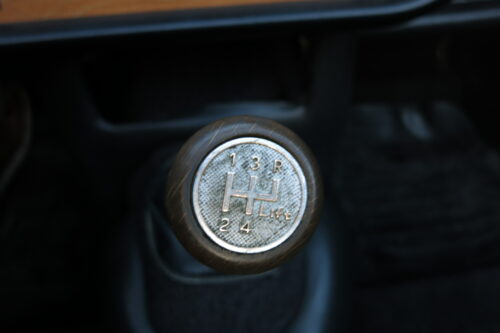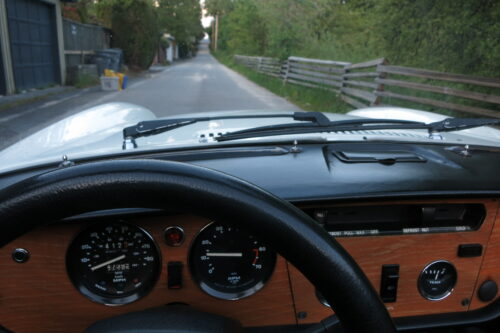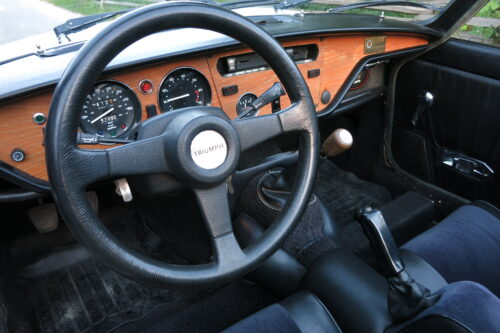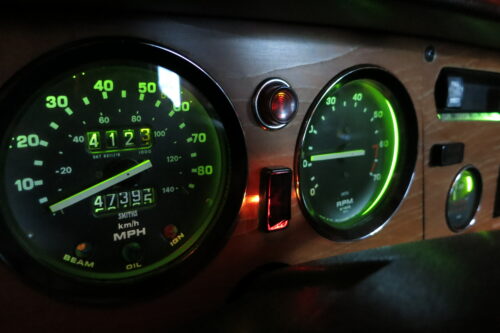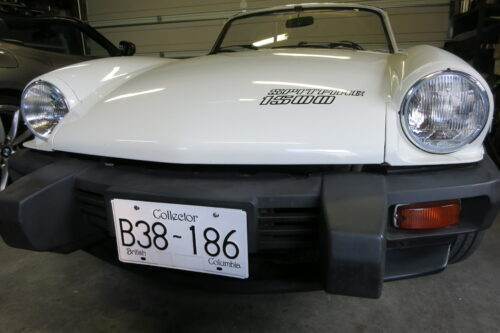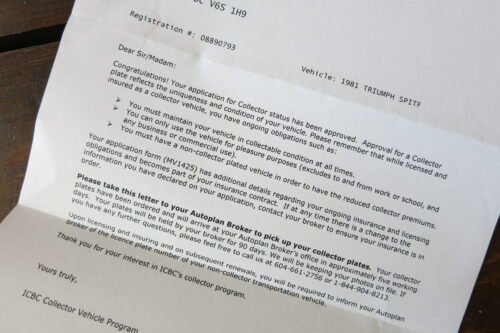Most private insurers and provincial insurance bureaus operate some form of a special dispensation or policy to assist the owners of antique, vintage, and/or classic automobiles. Rules vary and so do costs. This is a story of one man’s quest for “collector status” in British Columbia.
It’s registered as a 1981 Triumph Spitfire, however, the last Spitfire to roll off British Leyland’s Standard-Triumph assembly line in Canley, in Coventry England, did so in August of 1980. Regardless of its true model-year, my recently acquired Spit met the basic requirements of the Collector Car Program operated by the provincial insurance agency of B.C.
The ICBC program provides inexpensive insurance coverage to owners of qualifying vehicles, provided that those owners also have a conventionally insured vehicle with the agency. To qualify, the collector vehicle must be at least 25-years old, or a limited production discontinued vehicle 15 years or older.
When purchasing my little English roadster, I had to insure it under a conventional policy; little did I know about the hoops that would follow. An online application for collector status had to be filled out, that was easy enough. This would have to be submitted to the insurance company accompanied by a set of photographs depicting all aspects of the car as instructed. A minimum of 11 hard-copy high-resolution unaltered photos.
Fair enough. The assessors want to ensure that the vehicle is in good condition, undamaged, and unaltered from original except for a few exceptions meant to improve safety, such as upgraded brakes.
The photos looked great – to me – and heck, it only had 47,000 miles and had been in a desert climate its entire life. I thought my car would be rubber-stamped. But, not so fast.
The eagle-eyes at ICBC spotted a superficial scrape on the right rear fender. They also spotted some bare metal with minor surface rust at the foot of both the brake and clutch reservoirs. Again, almost impossible to discern, and nothing more than a slight bit of paint lost to the seepage of hydraulic fluid.
I was a little dumbfounded by the rejection, feeling somewhat indignant and hurt. The accompanying letter gave me 90-days to clean-up the surfaces and repaint. I got it done within a week and resubmitted photos.
After several more weeks on pins and needles, the news I was hoping for was delivered by my agent. Yes, ICBC had approved my application for collector-car insurance. The formal letter from ICBC arrived a few days later. “You must maintain your vehicle in collectable condition at all times,” it read. Yikes.
I will certainly keep the old Spit up to snuff as I proudly display my collector plates and enjoy vastly reduced rates of insurance. Despite the hurdles and hoops, I can only speak favourably of the experience.
Collector-car status means just that. Collectable, not simply useable. The integrity of the program lives or dies by this distinction. I’ll keep my end of the bargain; hopefully, ICBC will keep their end – and for many years to come.



